Contemporary architectural Trend-2025
Contemporary architectural trend As of my last update in January 2022, several architectural trends were prevalent in contemporary architecture. However, it’s essential to note that architectural trends evolve over time and can vary based on cultural, technological, and environmental factors. Here are some trends that were significant at the time:
Sustainable design
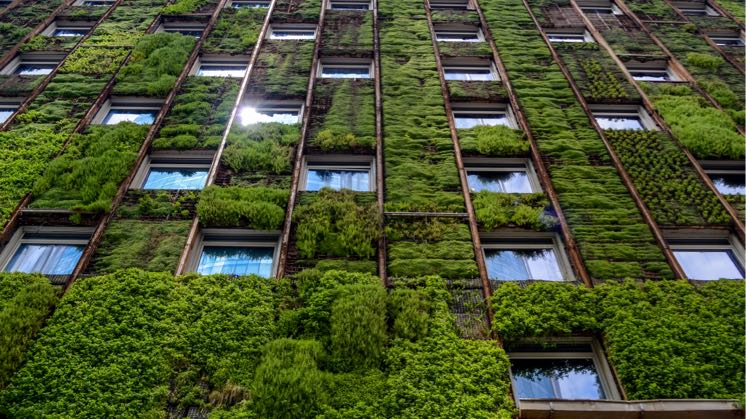
Sustainable Design: Environmental consciousness has become a significant driver in architectural design. Architects are integrating sustainable materials, energy-efficient systems, passive design strategies, and green spaces into their projects to minimize environmental impact.Sustainable design seeks to reduce negative impacts on the environment, the health and well-being of building occupants, thereby improving building performance. The basic objectives of sustainability are to reduce the consumption of non-renewable resources, minimize waste, and create healthy, productive environments.
Adaptive Reuse
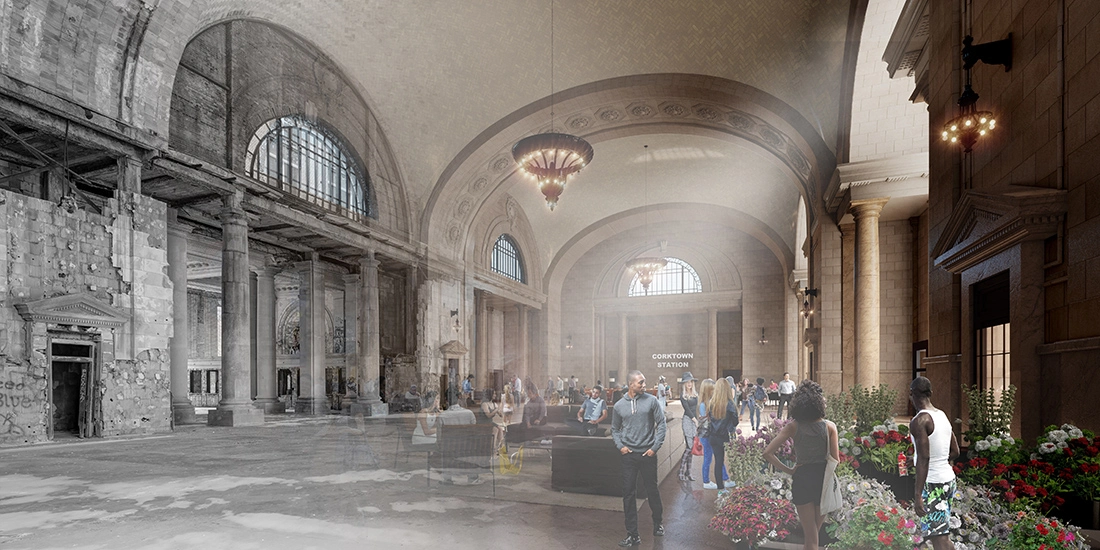
Adaptive Reuse: Rather than constructing entirely new buildings, architects are repurposing existing structures such as warehouses, factories, and barns. Adaptive reuse not only preserves historical and cultural heritage but also reduces construction waste and energy consumption. Adaptive reuse refers to the process of reusing an existing building for a purpose other than which it was originally built or designed for. It is also known as recycling and conversion.
Smart Technology Integration

Smart Technology Integration: Buildings are becoming smarter with the integration of technology such as IoT (Internet of Things), sensors, and automation systems. These technologies enhance building functionality, optimize energy usage, and improve occupant comfort and convenience.
Biophilic Design
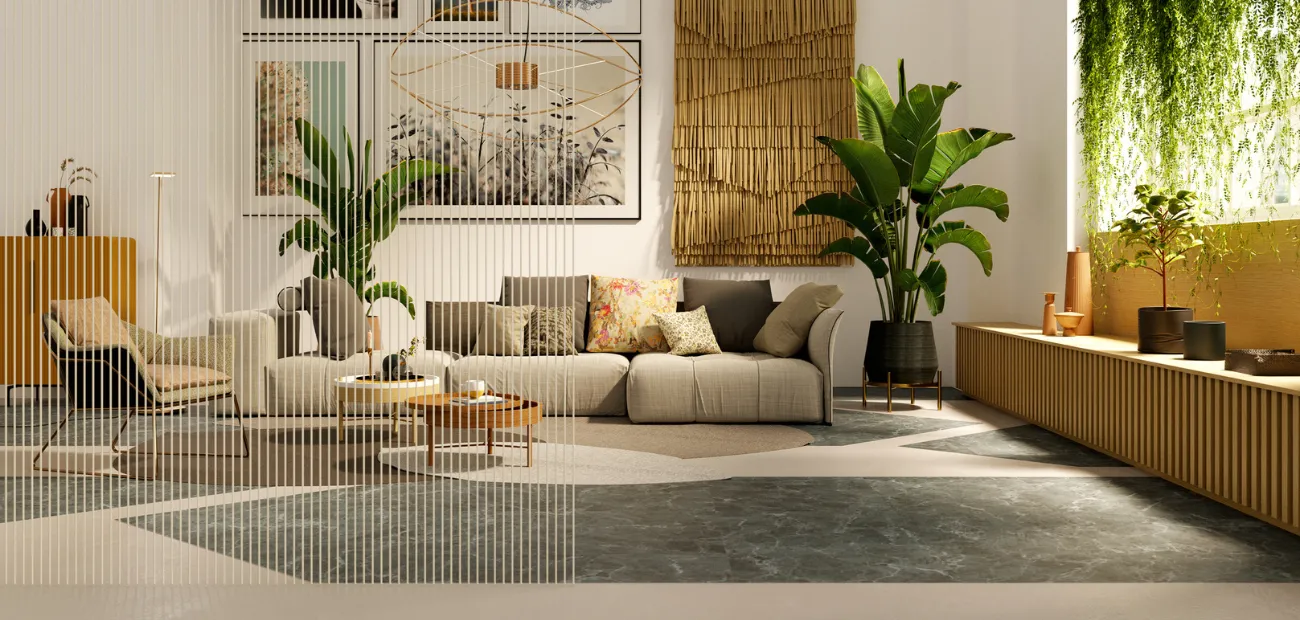
Modular and Prefabricated Construction
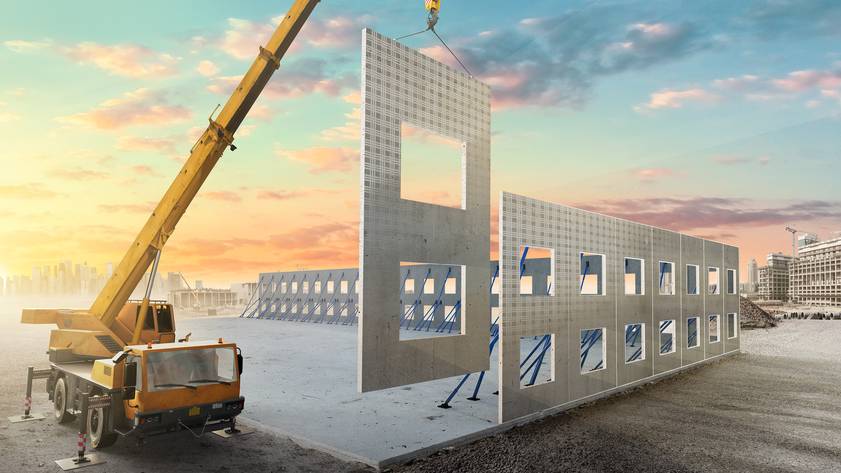
Modular and Prefabricated Construction: Prefabricated and modular construction techniques are gaining popularity due to their efficiency, cost-effectiveness, and sustainability benefits. These methods involve fabricating building components off-site and assembling them on-site, reducing construction time and minimizing waste.
Mixed-Use Developments
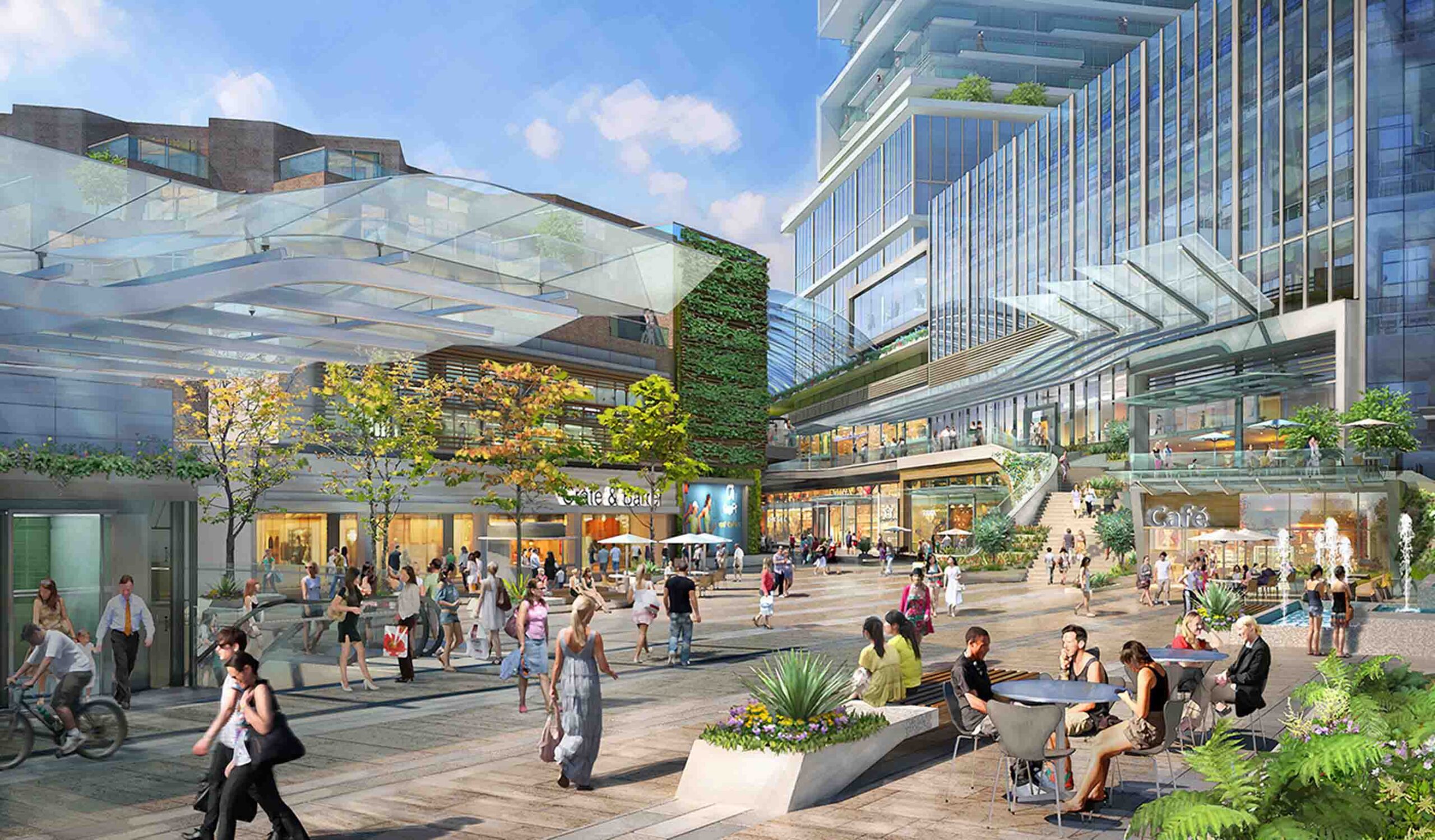
Mixed-Use Developments: Urban areas are witnessing a rise in mixed-use developments that combine residential, commercial, and recreational spaces within a single complex. These developments promote walkability, reduce dependency on cars, and foster vibrant communities.Mixed use is a type of urban development, urban design, urban planning and/or a zoning classification that blends multiple uses, such as residential, commercial, cultural, institutional, or entertainment, into one space, where those functions are to some degree physically and functionally integrated, and that provides pedestrian connections. Mixed-use development may be applied to a single building, a block or neighborhood, or in zoning policy across an entire city or other administrative unit.
Flexible and Adaptive Spaces
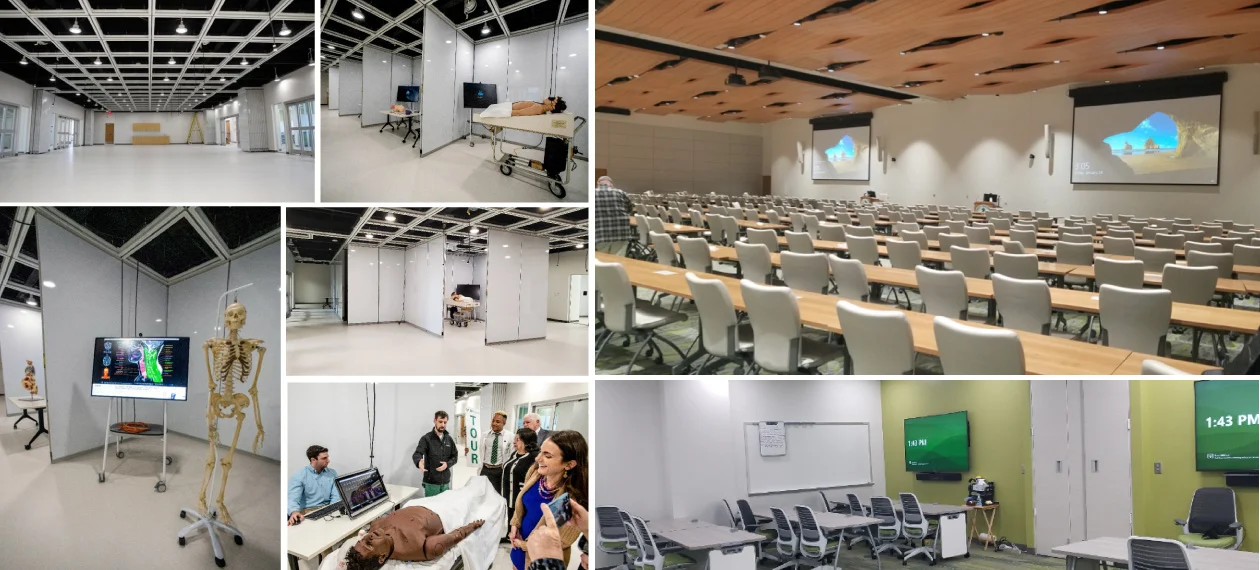
Flexible and Adaptive Spaces: Architects are designing flexible and adaptable spaces that can accommodate changing user needs and preferences over time. Modular furniture, movable partitions, and multipurpose rooms enable users to customize their environments according to their activities and lifestyle.
Cultural Sensitivity and Inclusivity

Cultural Sensitivity and Inclusivity: Architects are increasingly considering cultural context, social diversity, and inclusivity in their designs. Projects are designed to reflect and respect local cultures, traditions, and communities, creating spaces that are welcoming and accessible to all.Cultural sensitivity, also referred to as cross-cultural sensitivity or cultural awareness, is the knowledge, awareness, and acceptance of other cultures and others’ cultural identities. It is related to cultural competence (the skills needed for effective communication with people of other cultures, which includes cross-cultural competence), and is sometimes regarded as the precursor to the achievement of cultural competence, but is a more commonly used term. On the individual level, cultural sensitivity is a state of mind regarding interactions with those different from oneself. Cultural sensitivity enables travelers, workers, and others to successfully navigate interactions with a culture other than their own.
